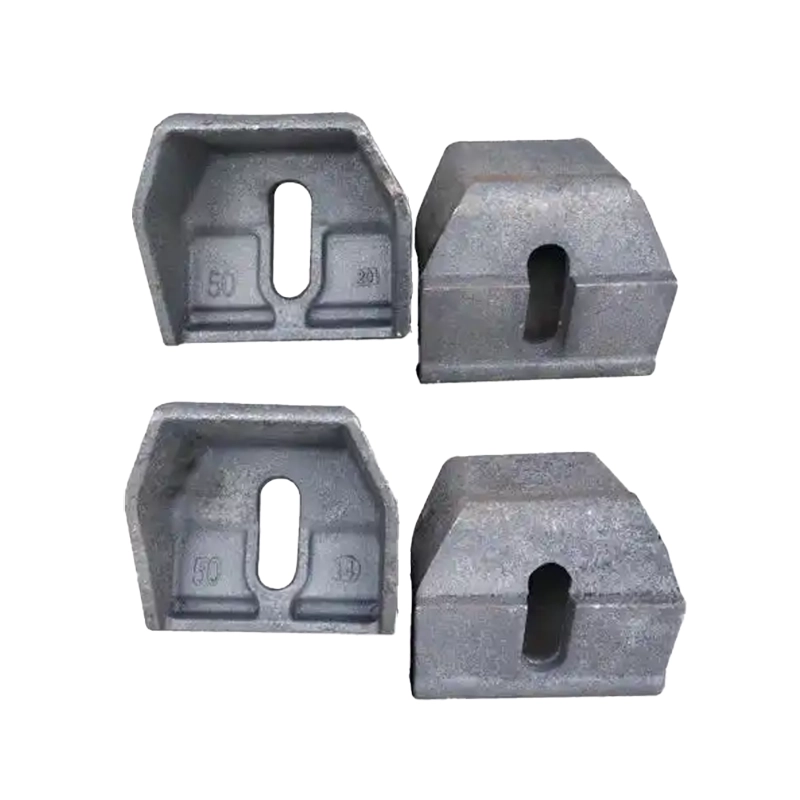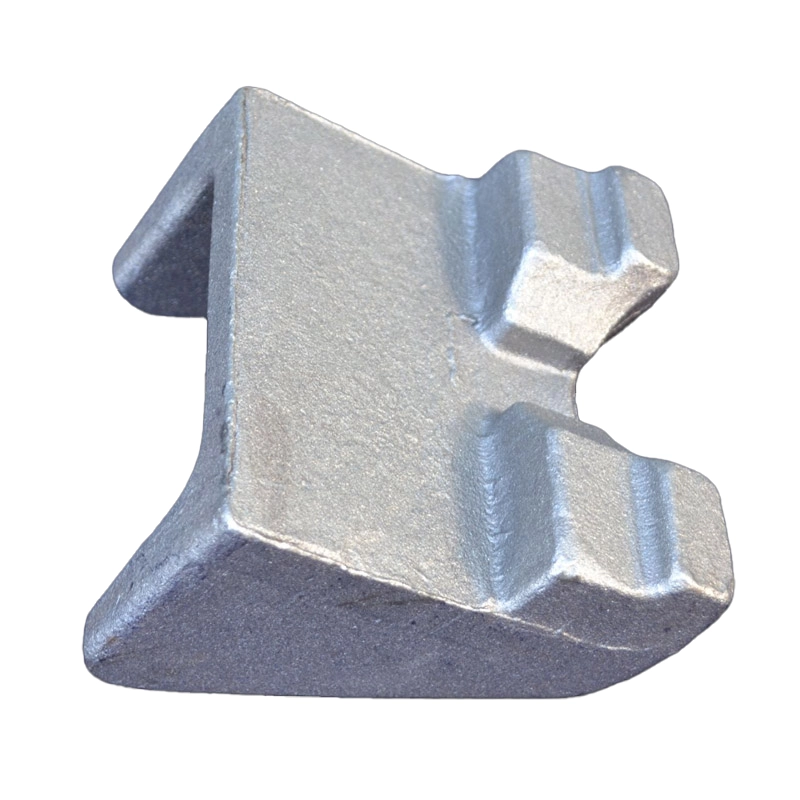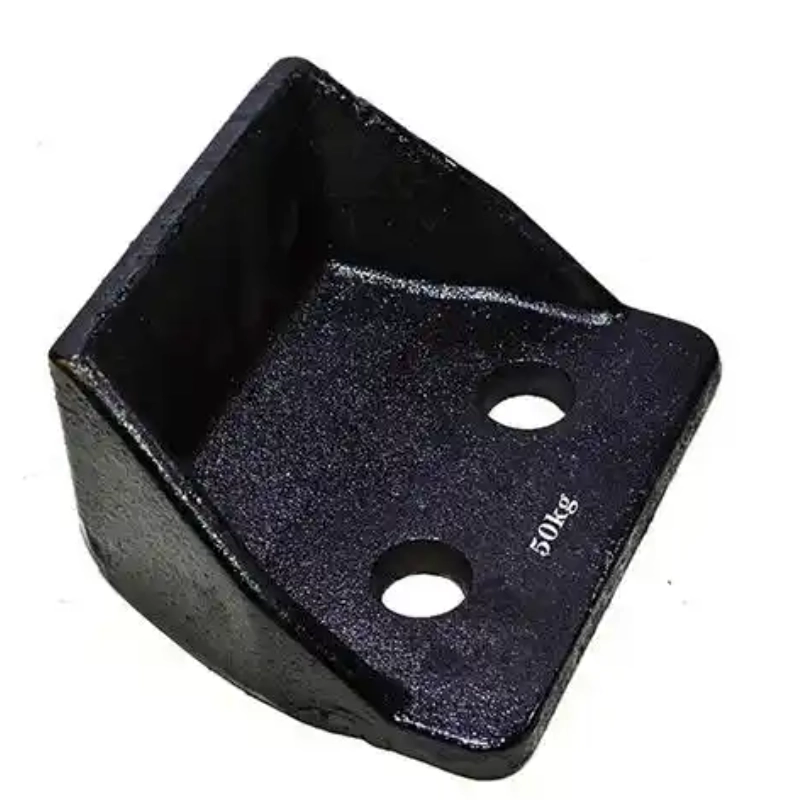Rail Brace for Mining
Overview
Rail Brace series are engineered components designed to resist lateral wheel-rail forces in the most demanding mining applications. Installed at curve outside rails, turnouts, bridges and other critical locations, they increase lateral stiffness, protect track geometry and lower the chance of derailment or rail overturning. Available as fixed check rails, adjustable mechanical braces, resilient (elastic) versions and portable clamp-on units for temporary use.



Key features
High lateral restraint: prevents rail translation and gives greater resistance to tipping under heavy dynamic loads.
Multiple configurations: fixed/check rails, adjustable braces for fine-setting, rubber-padded resilient units, and clamp-on portable braces.
Mining-grade durability: made from high-strength steel or ductile materials with options for galvanizing, epoxy or other protective coatings.
Compatibility: supplied to match common rail profiles (customizable to UIC/metric or imperial profiles) and a range of sleeper types (timber, concrete, steel).
Serviceability: modular components for fast replacement and field adjustment; spare parts available.
Typical applications
Small-radius curves (outer rail reinforcement)
Turnouts and frog areas (wheel guidance & anti-climb)
Bridges, trestles and constrained structures
Heavy-haul and high-impact industrial sidings
Temporary track and mobile haul lines
Materials & finishes
Main body: forged steel, cast steel or high-strength rail steel.
Pads/inserts: neoprene, polyurethane, or engineering polymers for resilient types.
Surface: shot-blast + primer, hot-dip galvanize, epoxy coating, or custom metallurgical treatments for corrosive environments.
Installation guidance
Position braces on the outer rail of curves and at designated turnout locations.
Set guard/check gauge precisely and confirm with measuring tools before final tightening.
Use lock-nuts, spring washers or thread-locking compounds where vibration is severe; re-torque after initial traffic.
Ensure elastomer pads are in full bearing — shim if needed to avoid point loading.
For welded fixes, follow welding procedure specifications and perform post-weld inspections.
Maintenance recommendations
Visual check frequency: weekly to monthly for active mining haulage (adjust per operation).
Inspect fasteners, pad wear, contact surfaces and corrosion; replace worn parts promptly.
Record replacement dates and MTCs (material test certificates) for traceability.
Ordering checklist
Provide the following to get an accurate drawing and quote: rail profile & section, track gauge, curve radius or turnout type and frog number, sleeper type, axle load and typical speed, environment (corrosive/dusty/wet), and required finish or certifications.
FAQs
Q:How do rail braces perform in extreme environments?
A: Corrosive conditions: Use hot-dip galvanized or epoxy-coated braces with stainless steel fasteners .
For chemical exposure, consider UHMWPE (ultra-high molecular weight polyethylene) inserts .
Extreme temperatures: Standard braces operate between −40°C and +60°C; special alloys (e.g., Inconel) extend this range .
GRP (glass-reinforced plastic) braces resist UV degradation and thermal expansion in outdoor settings .
Q: Can rail braces be customized for specific rail profiles or track types?
A: Yes. Customization options include:
Rail compatibility: Braces can be engineered for UIC, RE, or custom rail sections (e.g., UIC54 ).
Mounting designs: Bolted, welded, or adhesive-fixed solutions for timber, steel, or concrete sleepers .
Load requirements: Heavy-haul braces are reinforced with forged steel, while lightweight options use aluminum alloys for temporary tracks .
Q: How do I request a quote or drawing for rail braces?
A: Provide the following details to ensure accuracy:
Rail profile (e.g., UIC60, P40, P50) and track gauge.
Curve radius, turnout type, or frog number.
Sleeper type (timber, steel, concrete).
Axle load, typical speed, and environmental conditions.
Required finish (e.g., galvanized, epoxy) or certifications (EN 15085, ISO/TS 22163).